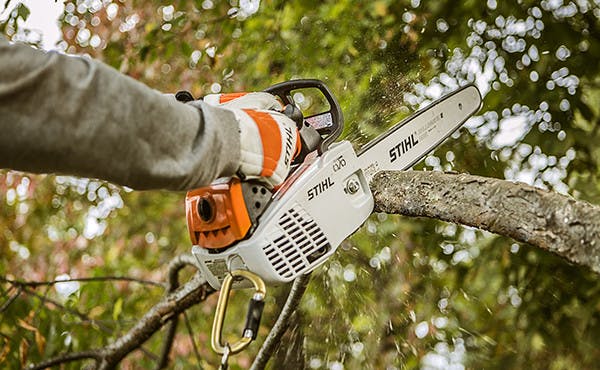When it comes to cutting through the challenges of various projects, the choice between a chainsaw and a reciprocating saw can be a defining factor. Both tools have their strengths and applications, and understanding the nuances of each is crucial for making the right decision. In this comprehensive guide, we'll dissect the features and applications of chainsaws and reciprocating saws, helping you determine which is the better fit for your next cutting endeavor.
1. The Art of Precision Cutting:
Reciprocating saws, also known as sawzalls, are renowned for their precision cutting abilities. With a reciprocating motion, these saws excel in tasks that require accuracy, such as demolition work, cutting pipes, or creating openings in walls. The fine control provided by reciprocating saws makes them an ideal choice for detailed and intricate cuts.
2. Raw Power and Efficiency:
On the other side of the spectrum, chainsaws are synonymous with raw power and efficiency, making them the go-to tool for heavy-duty tasks like tree felling, log cutting, or larger-scale woodwork. The motorized, chain-driven mechanism allows chainsaws to tackle thicker materials with speed and ease, making them indispensable in the hands of professionals.
3. Versatility in Application:
Consider the nature of your projects when deciding between the two. Reciprocating saws, with their versatile blade options, are excellent for a range of materials, including wood, metal, and plastic. Chainsaws, with their robust design, are better suited for tasks where the sheer force of the chain can power through dense materials like large tree trunks.
4. Portability and Maneuverability:
Reciprocating saws are typically more compact and lightweight, providing enhanced portability and maneuverability in tight spaces. If your project involves navigating through confined areas or requires overhead cutting, a reciprocating saw might be the preferred choice. Chainsaws, while powerful, may be bulkier and less agile in certain scenarios.
5. Safety Considerations:
Safety is paramount in any cutting project. Chainsaws, with their exposed chain and powerful motor, demand careful handling and protective gear. Reciprocating saws, with enclosed blades and a more controlled cutting motion, offer a safer alternative for those who prioritize user safety.
6. Noise and Vibration Levels:
Consider the noise and vibration levels associated with each tool. Chainsaws, being larger and more potent, tend to generate higher levels of noise and vibration. Reciprocating saws, while not entirely silent, may be a more comfortable choice for users who prefer a quieter and less vibratory experience.
7. Cost and Maintenance:
Factor in the cost and maintenance aspects. Reciprocating saws are generally more affordable and easier to maintain. Chainsaws, with their intricate chain mechanisms, may require more frequent maintenance and specialized care, adding to the overall cost of ownership.
8. Making the Decision:
Ultimately, the decision between a chainsaw and a reciprocating saw hinges on the specific requirements of your project. Assess the size and nature of your cutting tasks, consider the portability and safety factors, and weigh the overall convenience and maintenance considerations to determine which tool aligns with your needs.
Conclusion:
In the duel between chainsaw and reciprocating saw, there is no one-size-fits-all answer. The better tool depends on the nature of your project, your level of expertise, and your priorities in terms of precision, power, and safety. So, whether you're gearing up for precision cuts or powering through hefty materials, make your choice wisely, and let the blades carve a path to success in your next endeavor.

